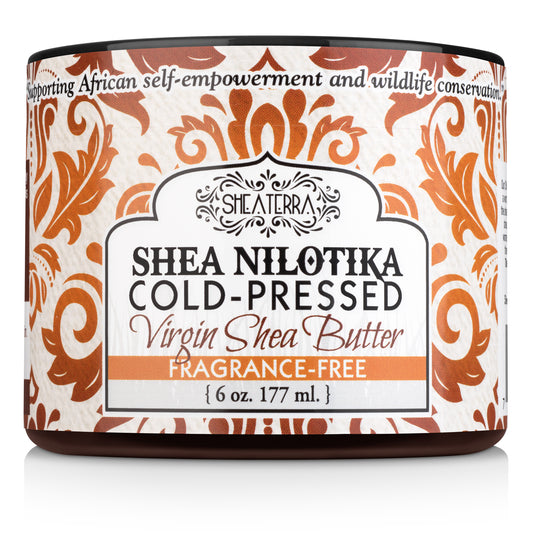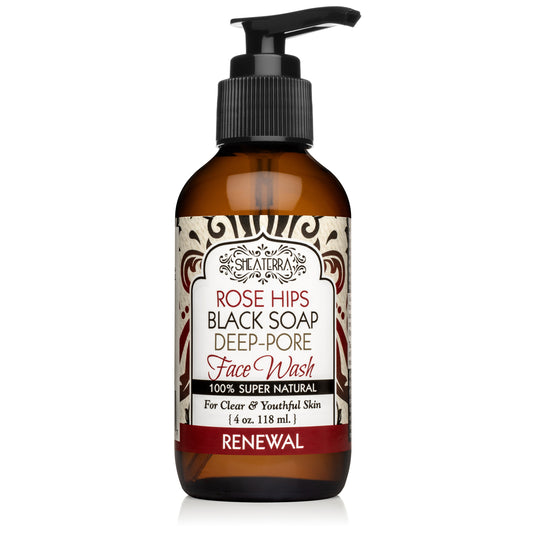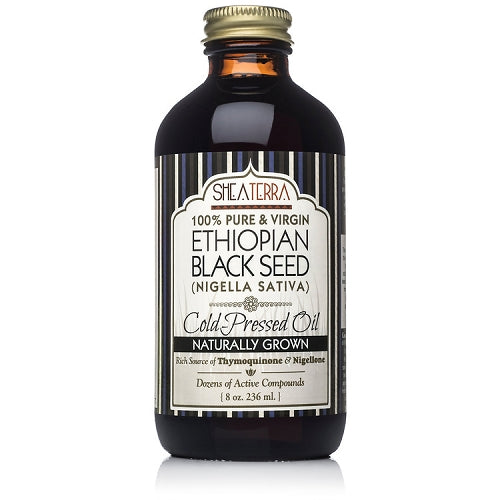In 2003 I discovered a most miraculous oil from the most off beaten paths in the most magical parts of Africa. I held in my hands a most unique oil collected from trees that had been growing wild in Africa for thousands of years. I immediately fell in love with this Marula Oil. In the light the oil casted a beautiful pink hue, apparently a color of significance for the marula women.
My journey in search of the source of pure Namibian Marula Oil would take me days shuffling from airplane to airplane and airport to airport. Already weary from being on the road for several days on expeditions in other countries, I knew I would have to re-energize in anticipation of coming face to face with a fruit that I have long fantasized about.
Today Namibia is filled with modern day grocery stores and has one of the nicest network of paved roads I have ever seen. I assume that some of these roads are on formerly important dirt trade routes. Some of them lead to the mall. Some to modern day grocery stores, many nicer than many found in the US. Amidst all of this civilization it is such a contrast to find that some of these roads lead out into hut villages and one on one encounters with meandering wildlife.
I use my imagination to step back into a time before the roads and the colonists to envision a world which included the trade of the sweet marula fruit. I imagine a world where its inhabitants went wild for the sweet juice of the marula fruit rather than the Western soda pops they are addicted to today.
Oddly, marula juice is not found in shops in Namibia, at least not at any that I had come across. Instead the aisles are filled with every soda imaginable, fruit juices from South Africa, and even some of my favorite cold tea drinks. ShopRite, Pick N Pay and Checkers are only a few of the grocery chains serving Nambia's population of three million. Very comfortable for Namibians indeed, but I am disappointed. Outdoor markets with traditional items are more for me.
Far from “civilization”, days of traveling was soon to be rewarded. “Sorry, Tammie, there are no more marula trees with fruits on them. The women are now juicing the fruits.” This is not what I had expected to hear. I had been planning this trip for nearly five years and every marula season something new came up. Being a mother to several children and a business woman are not always the most compatible of things. Being one to not take no for an answer, I knew where there is a will there is a way. Prayer is my ultimate weapon. The next morning I got the good news. “Tammie,” I just knew what she was going to say next, “the women have found some trees still with fruit.” At once, my apprehensions were relieved and I knew that this was going to be a good trip.
We stayed the night at a wild life reserve a few hours away as comfortable accommodations where the marula trees grow in the wild are hard to come by. So each day we would travel back and forth between the marula collectors and the beautiful wild life reserve. No complaints for me.
We saw no real action. Each animal quietly munched on their food. To our great delight we sighted herds of zebra, kudu, and gembok. There were plenty of giraffes to be found although they were weary of humans. We snapped pictures of the adorable dik dik and even got a rare glimpse of a black rhino. The park was brimming with birdlife. Flamingos, eagles, ostrich, guinea fowl, swallow tailed bee eater, lilac breasted roller were just among a few of the many birds we had the pleasure of seeing.
The park had a flood lit waterhole that we could observe from a distance at night. We sat under the hatched shelter on benches waiting quietly at night with our cameras and binoculars. A sign stated “Silence”, and that is exactly what this shelter was, silent. It was kind of eerie in a way. People passing by each other in the night in complete silence. We watched the waterhole as though it was a giant television screen.
Sadly, not much went on each night. Perhaps a few warthogs, long legged birds, some zebras. But who could really tell. It was rather dark. But regardless, it was a unique experience that we could never replicate back home in Horse Country. So we savored it nonetheless. I was afraid to take my bouncy, never sit still, never be quiet two year old to the waterhole, but to my amazement she was silent the entire time. I am thinking of installing a waterhole at home just to keep her quiet.
Most of Namibia looks like a never ending desert. Maybe it is. As we traveled to the marula region the area was mostly sand dotted with small bushes. Rock formations would rise out of nowhere in the midst of the barren land.
What a treat to come across a group of women who sell a variety of gems that the men mine in the surrounding "mountains". Black, green and rose tourmaline, rose quartz to name a few. I bought about twenty gems for the cost of less than one that I could get anywhere in the West.
The women were even willing to trade the gems for food. I just happened to have a treat for them. One never knows where their sustenance will come from. I was carrying with me a bag of delicious citrus fruit that I had bought in a village in Zimbabwe. To me these were special in comparison with the bland commercially grown foods we had found in Zimbabwe.
My boys were so excited. They are amateur geologists. They love looking for fossils and are determined they will find the big diamond in Africa one day.
An occasional tree sprung up in between the massive termite mounds. The termite mounds changed color from time to time. Sometimes red, sometimes white.We were even blessed to find a natural oasis which feeds hundreds of penguins and flamingos. It was a long hike over scorching hot dunes (I left my shoes in the car because I thought I could walk better without sand in my shoes. Big mistake. Ouch).
My two year old was a professional. The hot sands, the high dunes, nothing stood in her way. Arriving at one of the marula collection centers I am greeted by an excited group of women. They were all dolled up in their best clothes which they wear on special occasions. I loved it. The dresses were a stunning bright pink, and each had their own unique pattern. Yes, I did check the pattern of each dress because initially I thought they were all wearing the same fabric. But no. I found out that this was their traditional dress and each fabric was completely different from the next. The women sat on mats and patterned cloths upon the sandy ground. Although approaching winter the temperature neared 100 although dry unlike the humid conditions we struggle under in the heat of Virginia summers. Under the shade the temperature was just right. The air blowed ever so lightly.
The women outside the cities live mostly on what they can grow and sell for cash. As we arrived at one of the marula collection centers we walked through fields of millet and maize before reaching the gate. The home was owned by one of the ladies. It was enclosed by a wall as many of the homes in Namibia are. The home was a small, modest, plastered home with many out-houses (huts). There was an open thatched shelter that the women could sit under if it rained. When I arrived there was an elderly woman there weaving a basket. She sat on the floor weaving as the others cheerfully worked away. There were a few trees for shade which offered outdoor air conditioning.
Marula trees grow in many African countries. The rather large tree bears hundreds of sweet fruit which ripen in mid-April. The fruit are generally too high to pick so the women wait for the fruits to fall, and then the collecting begins. Most of the trees grow wild on communal land, while some are on privately owned property. The women will collect all that they can find as this is the only form of cash some of them may ever see.Not all of the fruit falls off ripe so the green fruits are put into a pile to sun ripen on the ground. The ones that are ripe are ready for juicing.
Marula fruit are really sweet. My kids and I thought they taste sort of like lychee. The outer skin is very firm and latex like. It is very difficult to get into. I imagine that this very protective covering protects the marula fruit from drying out in the very, very hot and arid desert conditions it grows in. The flesh is very firm and slimy. It is almost impossible to bite into a marula fruit. You have to sort of suck on it. There is no way to take a chunk off. The fruit is not recommended for children whatsoever. It is too hard and slimy. There is a big possibility of the fruit slipping down the throat and due to the size of it would be almost impossible to get out.
For these very reasons marula fruit are most juiced. Their juices are fermented and sold for making spirits. The juice is also turned into a most delicious marula jam and jelly. The women use an animal horn (I didn’t ask which one) to insert into the fruit to make a gash in the fruit, and then squeeze the juice into a bowl. The marula nuts are then laid out to dry.The dried marula nuts are extremely hard. Different people have different ways of cutting the nuts in half. The women here straddle an ax, put the fruit on the ax, and then use a hard wooden “hammer” to bang the fruit in half. It works. It is important that the nut is cut in half to be able to dig in to get the meat that is inside. Generally there are four pockets of meat.The women use a long, thin, metal tool to clean the meat out of the pockets. They gather the meat into baskets before putting in large bags for weighing. Each woman is paid handsomely per kg of her marula meat. The meat is then collected and taken to the mill. A lot of time, effort and money goes into collecting the marula meat. Not only is it a lot of money and time to bring the nuts to the center where the women keep each other company while processing their marula nuts, but the amount of money it takes to get the finished bags of meat collected from each of the processing centers and taken far away to the mill adds up to be a lot of money as well.
I tried my hand at extracting the meat. It wasn’t too difficult. I tried to be extremely good at it because I was using the nuts of these women and any little morsels of meat left behind would be less money for them. I realized the labor they had put into collecting and transporting these nuts and so I was careful not to leave a single scrap of meat inside the pockets.
After we finished processing our nuts it was meal time. A little table was set up and a bowl of cooked chicken was brought to us to pour into a clay pot. Marula oil is not just for cosmetics. The women originally valued it for its nutritional value. They roast the nuts and make an edible oil similar to argan. The oil was poured over the chicken. It tasted very similar to argan oil as well. They prepared cooked millet which would look something like polenta. The millet was to be used to somewhat soak up the sauce of the chicken. It was pretty good, and the chicken was gulped up in no time.
Before we left the older woman in the group, 78 year old Taimi Amwele, was so proud to give me one of her baskets as a gift. The great-grandmother to 8 now gets a stipend for the aged, but she says she still enjoys making baskets. It was such a sweet thing to do. 78 years ago shea was born into the ethnic group of Ovawambo. She was so excited that I wanted to take a picture with her.
We gathered the bags of marula meat and headed for the mill. By this time I was rather exhausted and the ride was full of curves and bumps. The mill was in a rather quaint, cement block building. The workers were busy preparing my fresh batch of marula oil to be flown to the US within a few days after my arrival home.Marula oil is often in low supply as the season for marula is short. What we collect in the next month or two will be all that we can get for the rest of the year. My children went in to the see the hand operated machine which cold presses our oil. I decided to stay outside. There are certain areas of people’s business that I don’t like to venture in to. I believe it is important to leave certain parts of other’s business “their business”.
Marula Miracle Oil, as we like to call it, at this moment is known to be the most oxidant resistant oil on earth. It has several times the anti-oxidant level of argan oil. It is very rich in oleic acid which offers skin softening abilities to maturing, drier skin types. Our wild harvested Marula Oil leaves a matte finish on skin. Our pure, unadulterated Marula Oil conditions nails and cuticles while leaving hands luxuriously soft.





